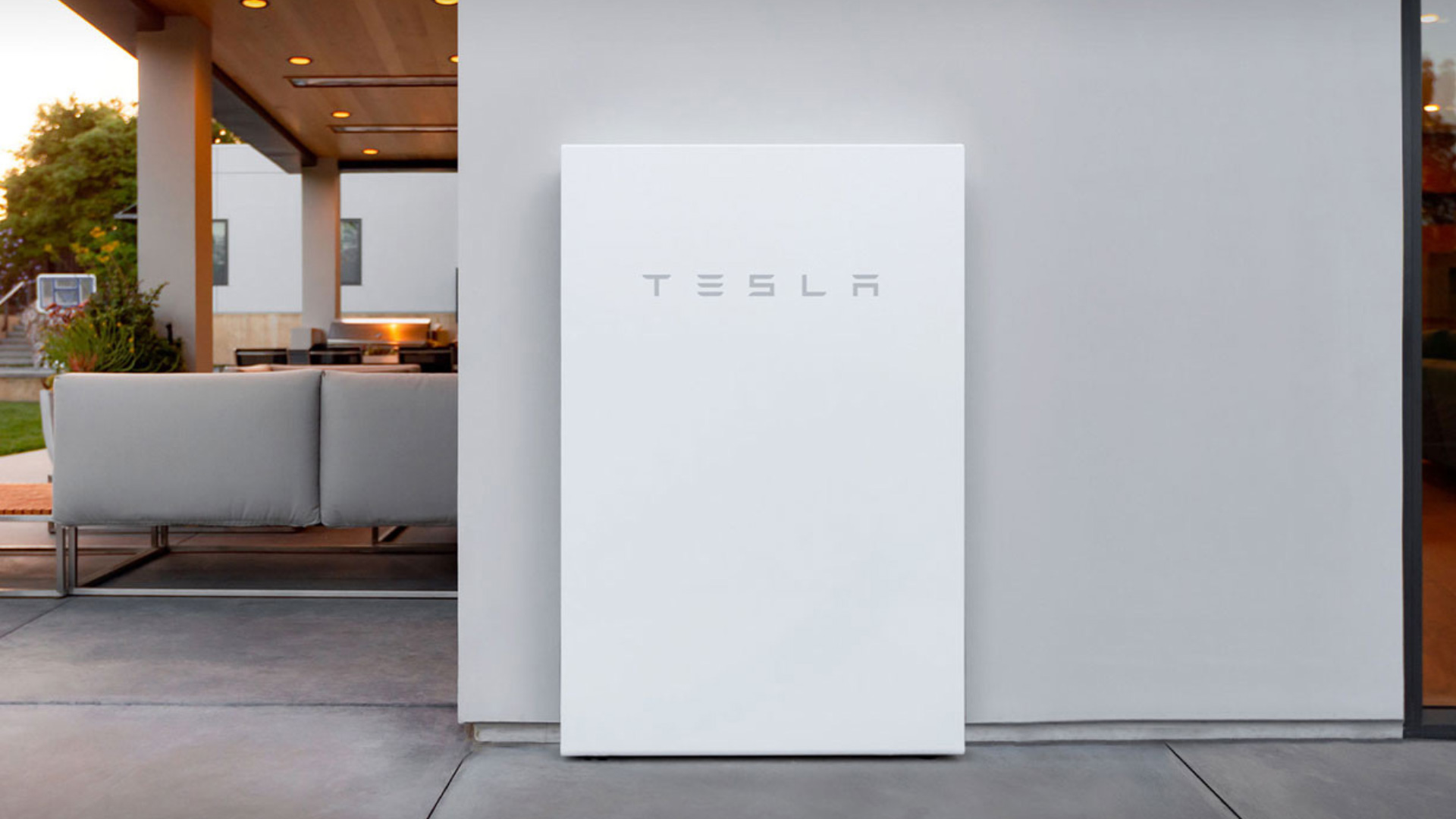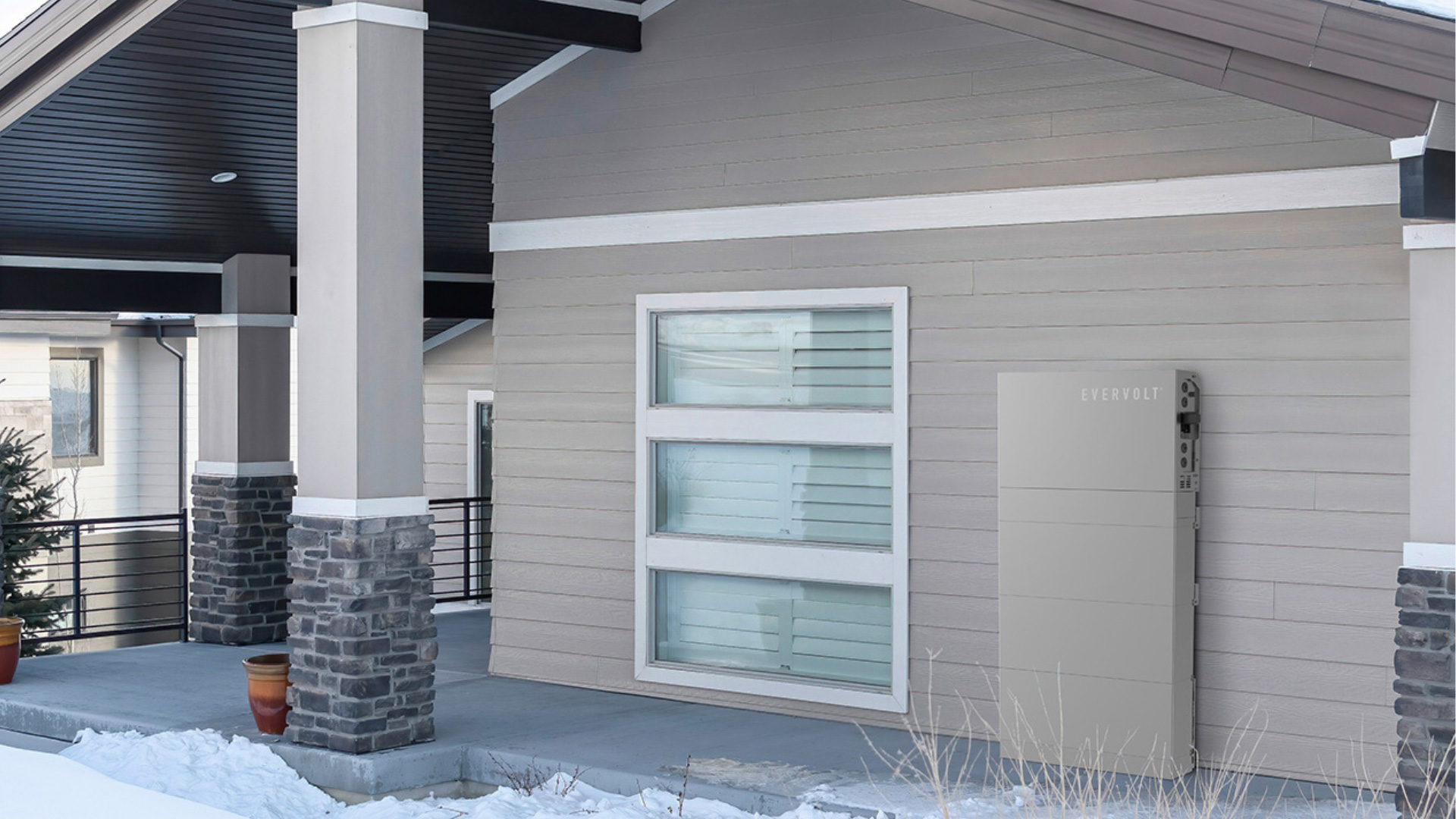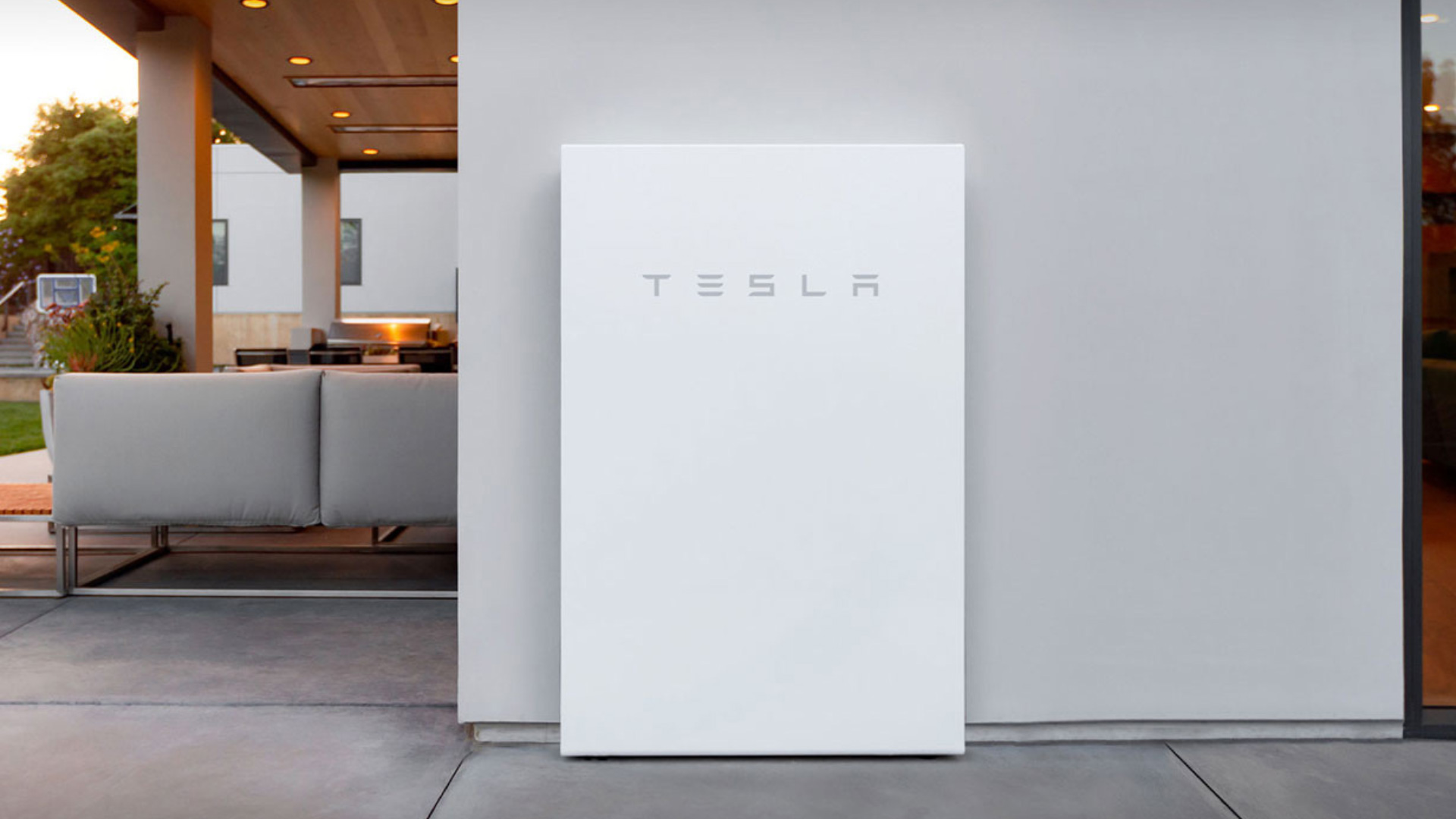Generac PWRcell and the Tesla Powerwall 2.0 are two of the biggest names in solar battery storage. Both products perform at the top of their league and have a lot to offer homeowners like yourself. However, there are some key differences that may make one product better depending on your individual situation. Here is a breakdown of the Generac PWRcell vs. Tesla Powerwall that will help you decide which product is right for you.
Generac PWRcell vs. Tesla Powerwall
Both options are suitable for capturing and reserving power for later use. Here’s what you can consider when deciding which is best for you:
- Amount of electricity you consume in your house
- Existing solar system
- Available storage space that you have
- Budget
- State laws and regulations
Generac PWRcell
The Generac PWRcell is a DC-coupled battery. As such, it’s installed by wiring the battery and panels (of the same brand) into the side of the inverter system with the DC. You can utilize the PWRcell and Generac-branded inverter simultaneously.
The Generac PWRcell comes in two components.
- PWRCell inverter, which weighs 62.7 pounds and measures 24.5 x 19.25 x 8 inches
- Battery cabinet, which weighs between 280 and 445 pounds and measures 22 x 10 x 68 inches
Adding the Generac PWRcell to an existing grid outage backup is ideal for becoming more self-sufficient. Thanks to Generac PWRcell being a DC-coupled system, it is 7-10% more efficient compared to the Tesla Powerwall. The reason is that it has two fewer power inversions, saving you more coins on electricity bills.
It’ll cost you about $15,000 to $17,000 for a fully loaded cabinet with six battery modules (as of July 2022).
Tesla Powerwall
TeslaPowerwall is typically a lithium-ion battery storage system. It’s considered high density and safe because it’s rechargeable and made of lithium nickel manganese cobalt oxide (NMC). You can link a maximum of ten powerwalls according to your household electricity needs.
It weighs about 276 pounds and measures 45.3 x 29.7 x 6.1 inches. You can mount it on the wall or the floor in or outside your house.
Compared to the Generac PWRcell, the Tesla Powerwall has to complete two additional power inversions. Therefore, it’s less efficient for daily use but more suitable for storing energy that you can utilize during an outage.
A single Powerwall will cost you between $13,900 to $14,900; if you want additional units, you’ll top up about $10,700 to $11,200 each (as of July 2022).
We’re Here to Help
As mentioned earlier, both the Generac PWRcell and the Tesla Powerwall 2.0 are excellent choices. Which product is the best for you will depend on your specific needs and energy goals.
If you need help deciding between the Generac PWRcell vs. Tesla Powerwall, we are here to help. Download our battery buyer’s guide to learn more about your options and contact us today to speak with one of our Energy Coordinators. We’ll help you determine the best solution for your home and energy needs.







